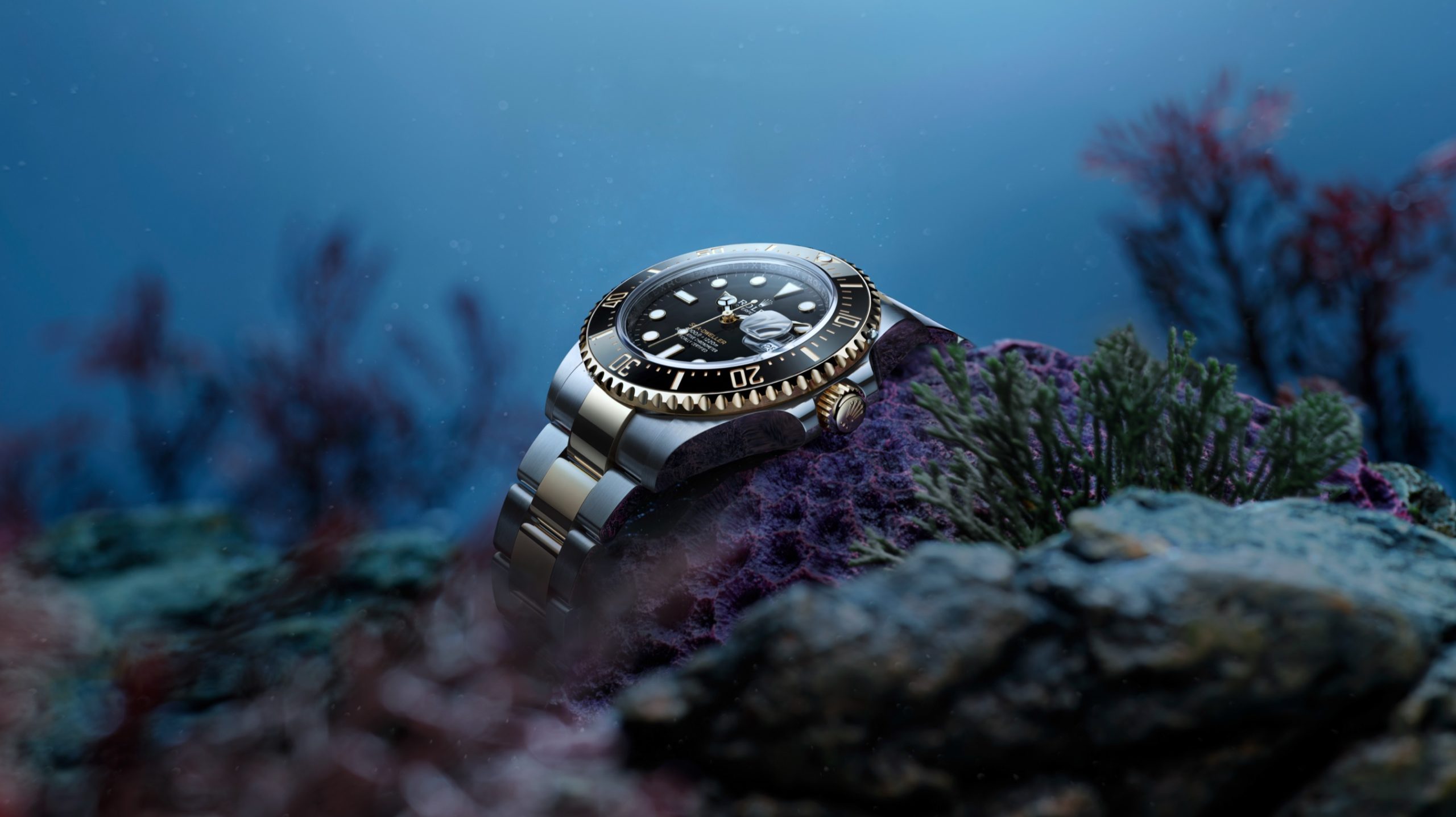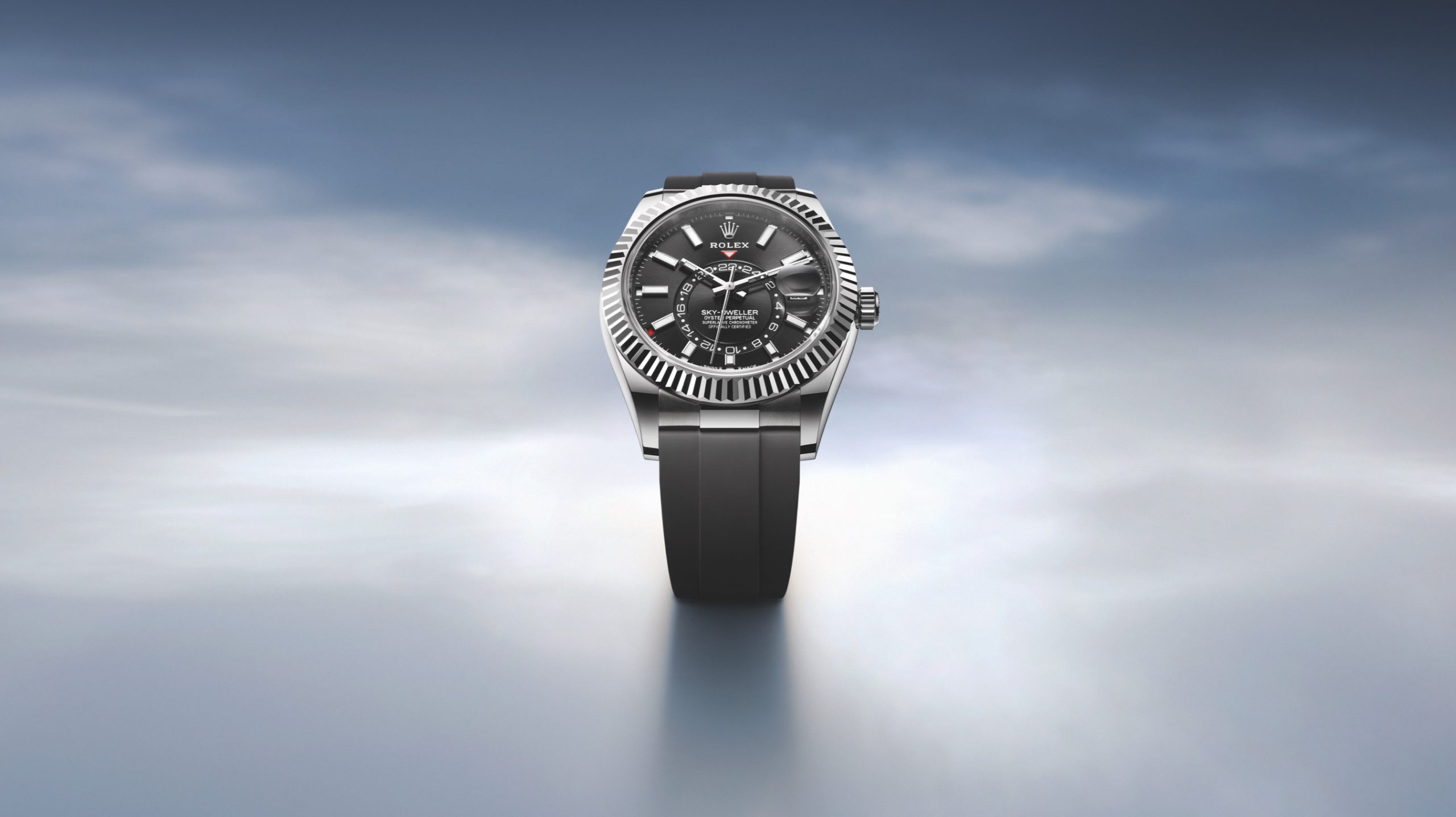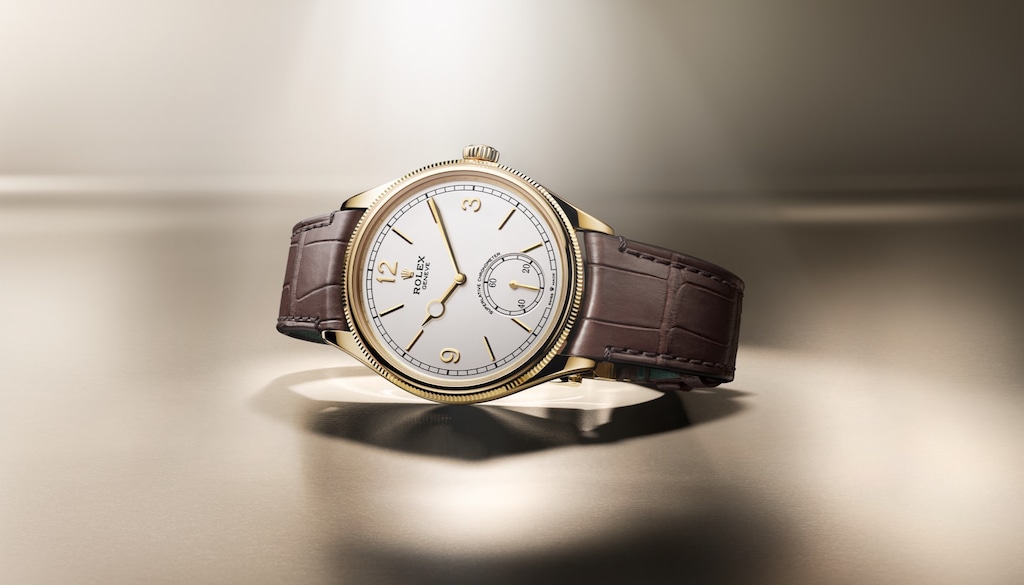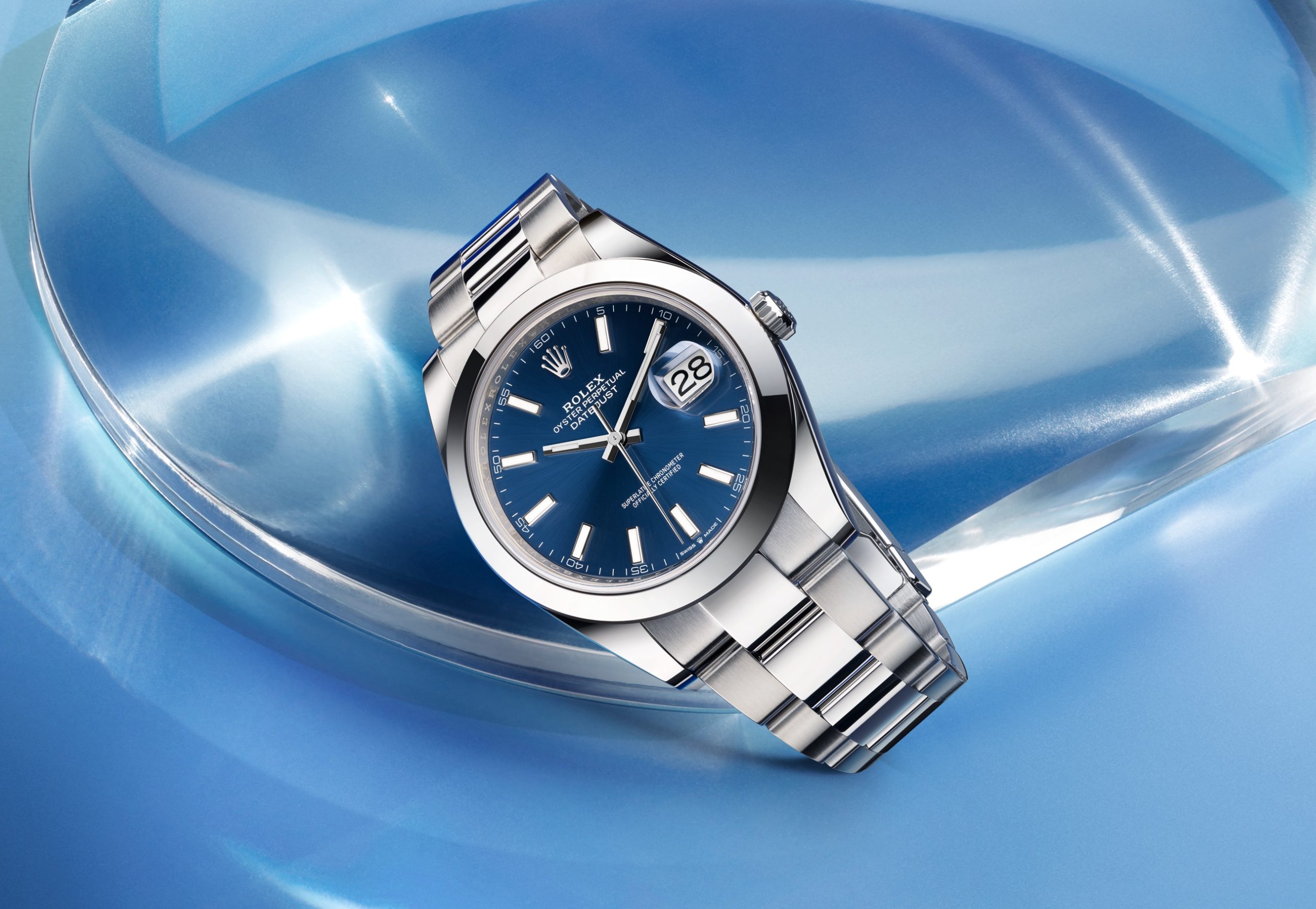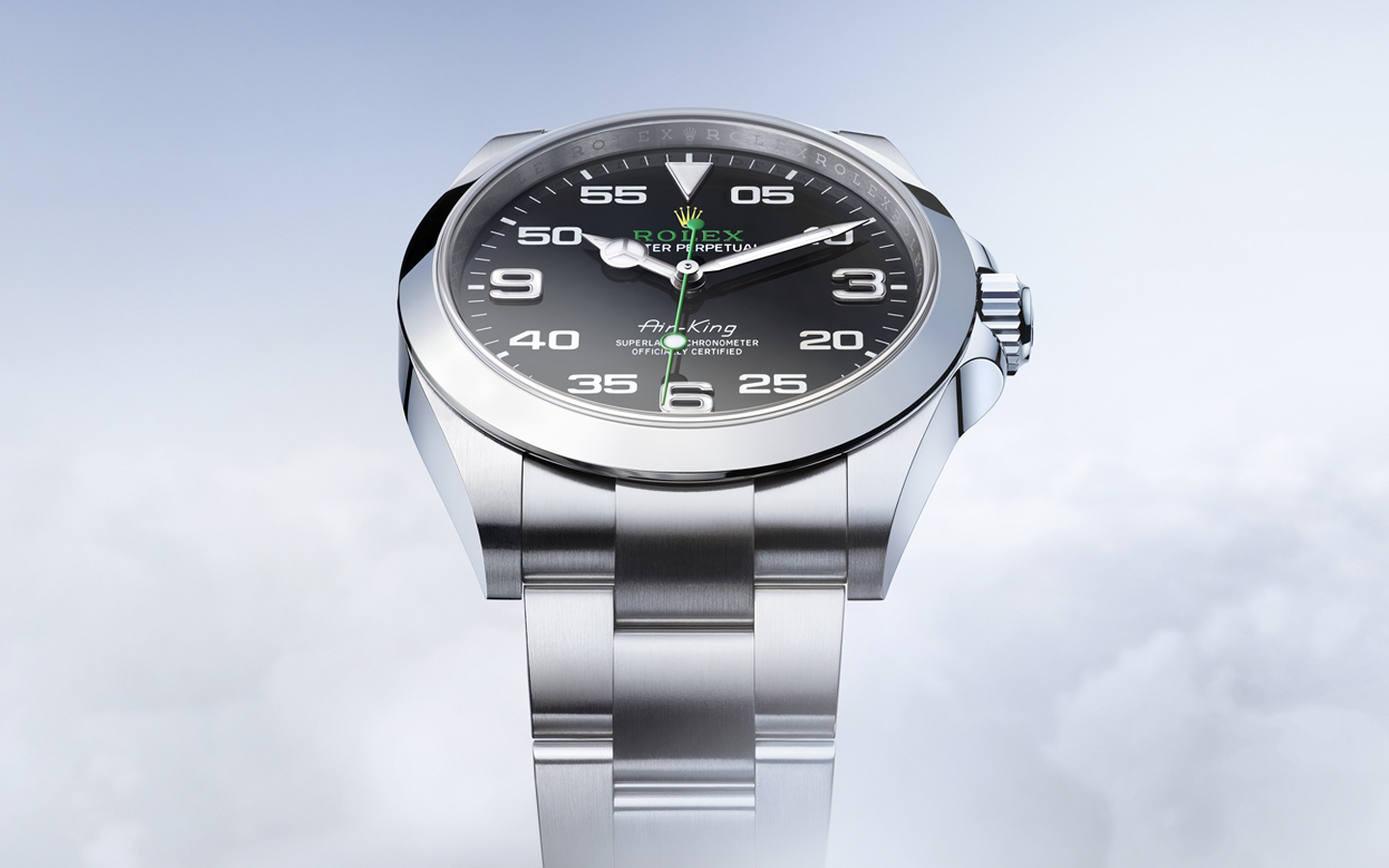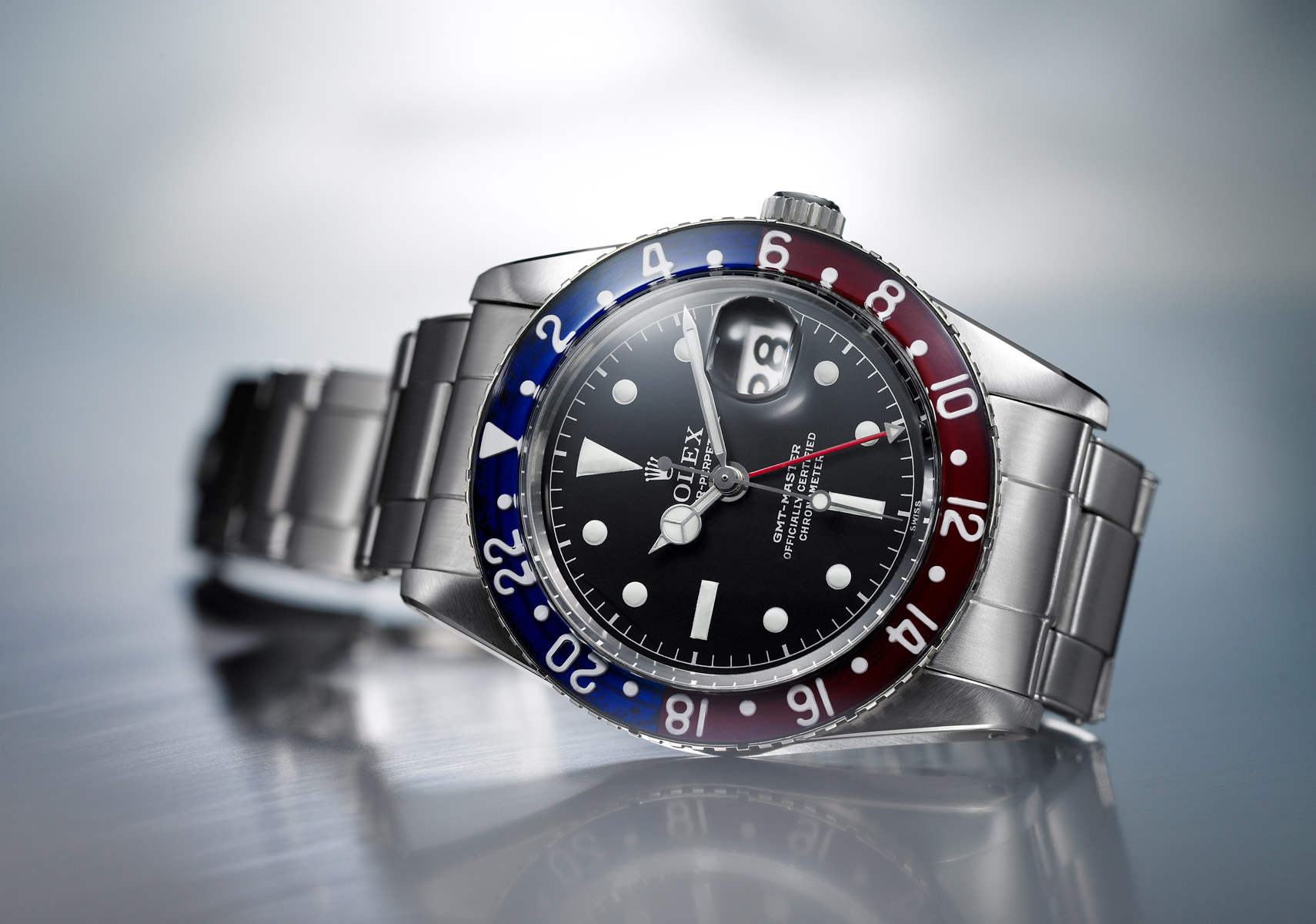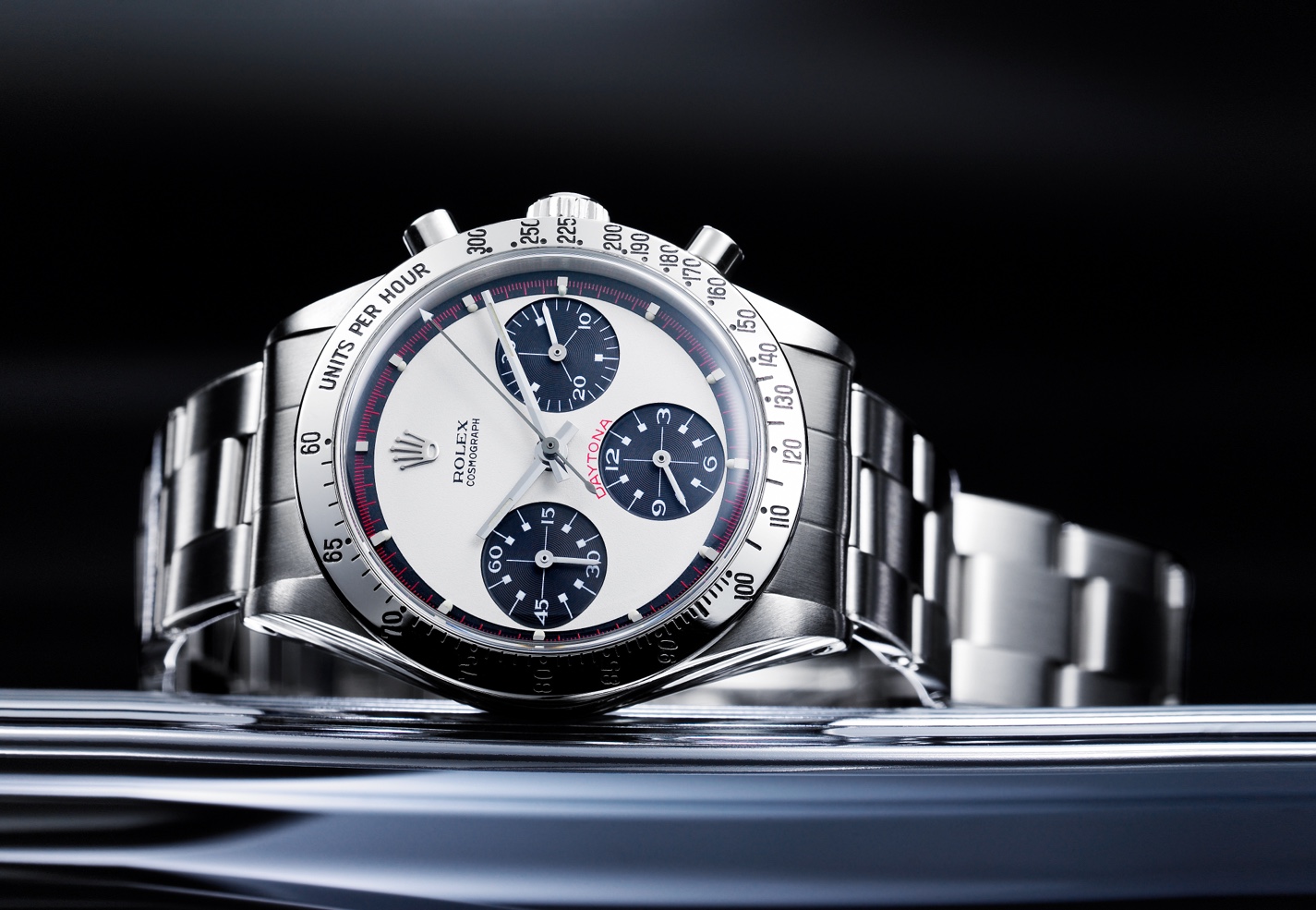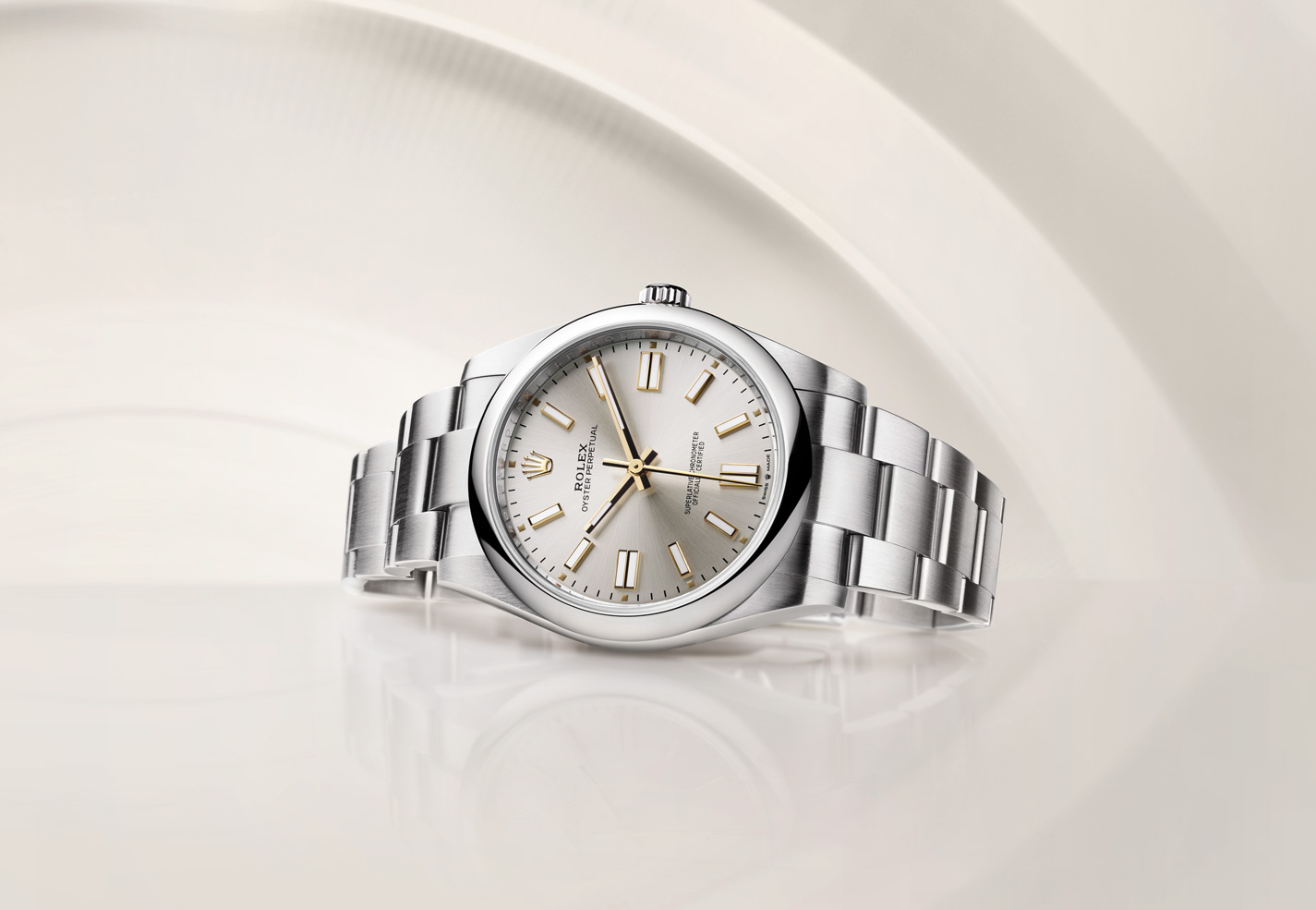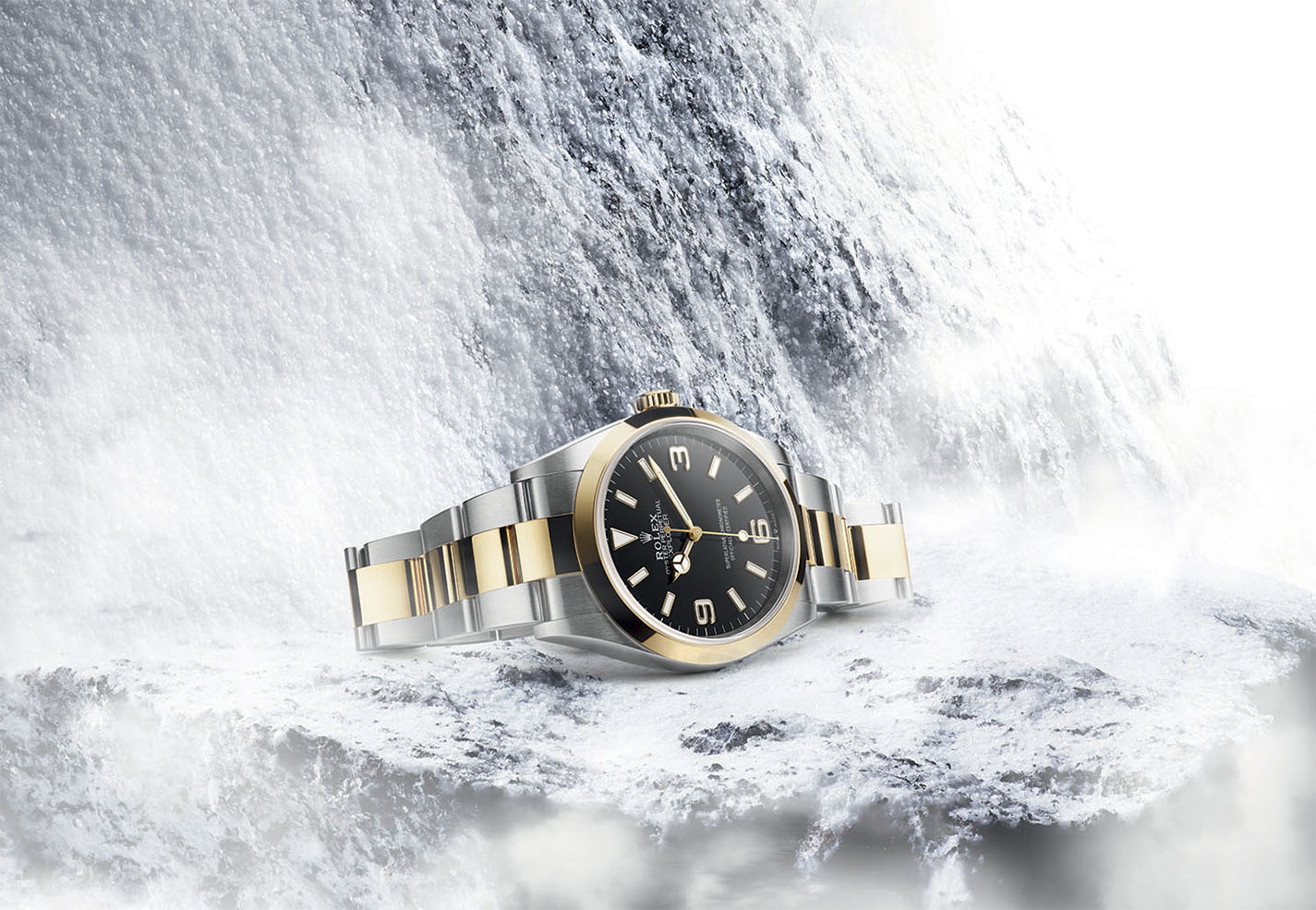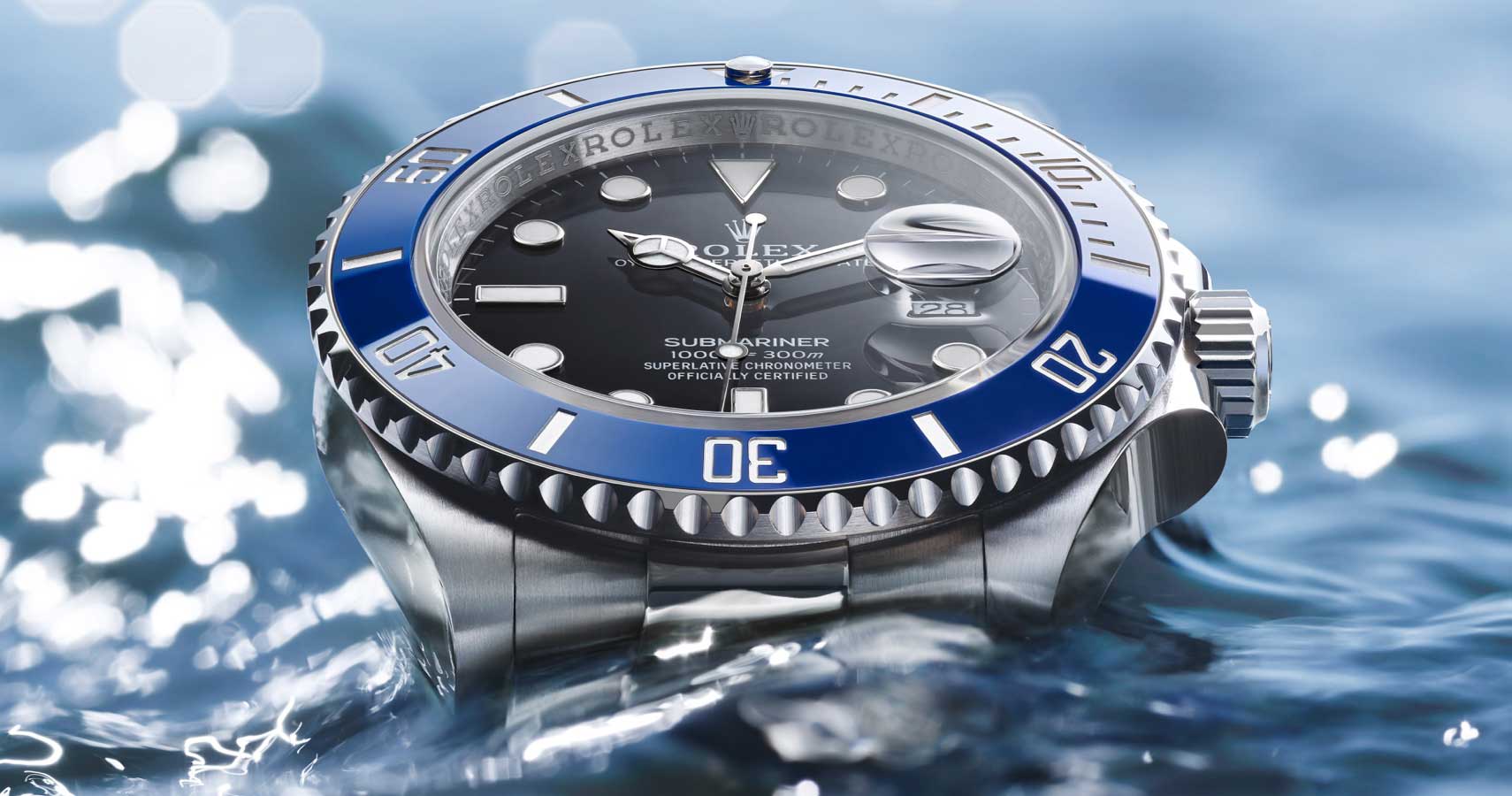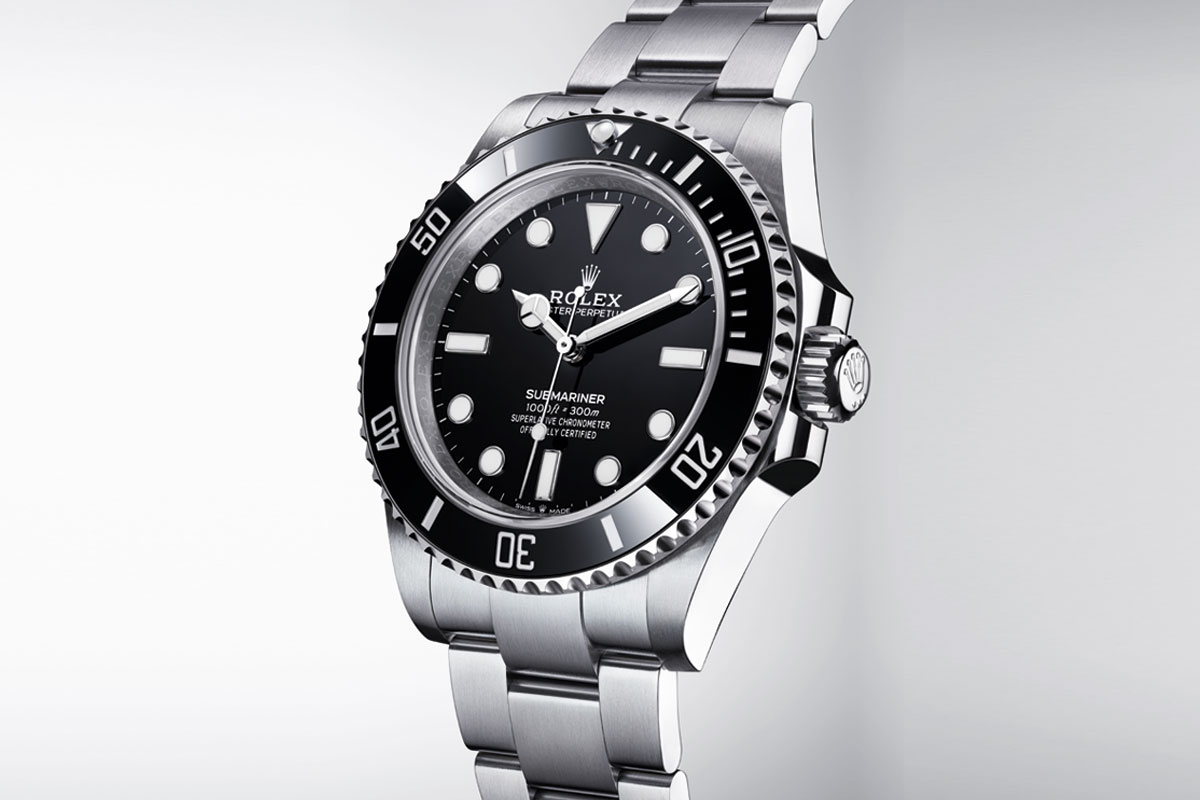
Headlining Rolex’s lively new releases for 2020 is the long-anticipated update of the beloved Submariner collection. Fans of the coveted dive watches are certainly in for a treat, as Rolex pampers collectors with new references – an Oyster Perpetual Submariner in Oystersteel, and seven variants of the Oyster Perpetual Submariner Date in Oystersteel, yellow Rolesor, 18 ct yellow gold and 18 ct white gold.
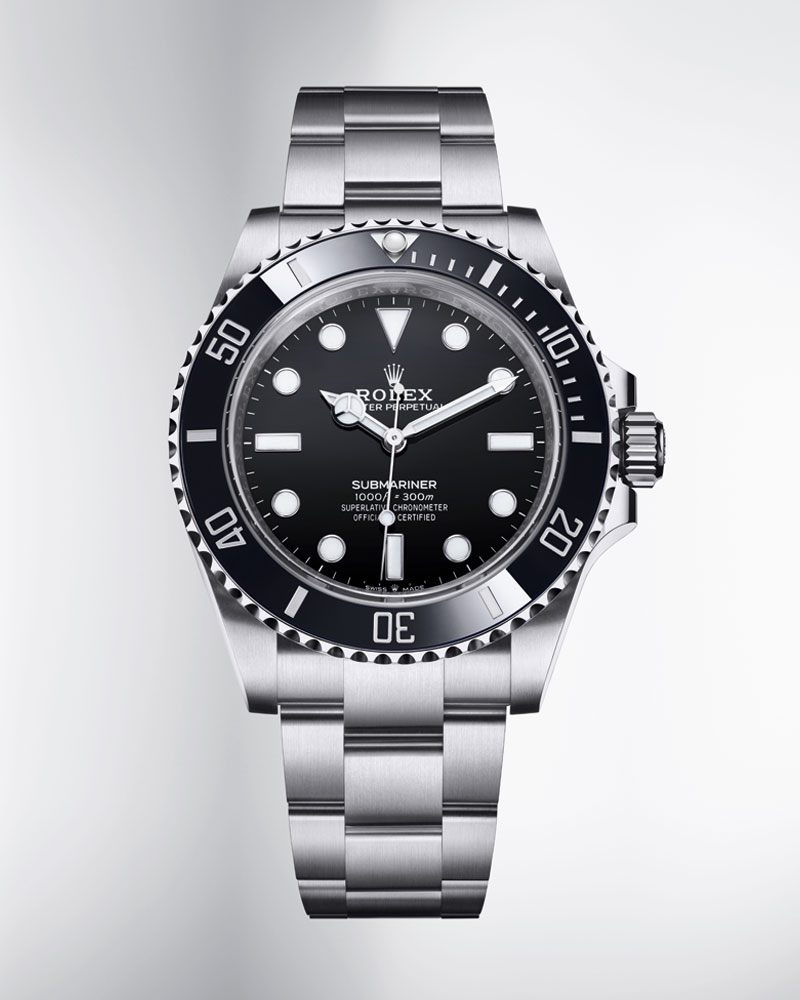
Rolex Oyster Perpetual Submariner Ref. 124060
A major update sees Rolex bumping up the watches’ case size to 41 mm – a much-awaited development for watch lovers, as the Oyster Perpetual Submariner had remained rooted to 40 mm case diameters for over six decades. In upsizing the watches, Rolex seems to have also achieved the impossible. Though larger in dimension compared to their forbears, the new models somehow look and feel more snug on the wrist, thanks to the slightly redesigned case featuring slimmer lugs and remodelled bracelet with a broader centre link.
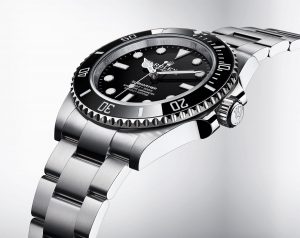
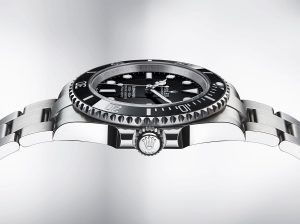
The new Rolex Oyster Perpetual Submariner featuring slimmer lugs and bracelet with a broader centre link
Another noteworthy change can be found under the dial, with the newly launched calibre 3230 powering the Oyster Perpetual Submariner, and calibre 3235 fitted for the first time in the Oyster Perpetual Submariner Date. Elsewhere, Rolex has wisely retained familiar elements of the Submariner such as the virtually scratch-proof Cerachrom bezel inserts and Chromalight display, where the hands and hour markers are coated or filled with a luminescent material that emits a long-lasting blue glow in dark conditions.
Rolex’s new generation of Oyster Perpetual Submariner and Oyster Perpetual Submariner Date exemplify the brand’s watchmaking ethos, especially when it comes to perfecting well-loved models. In perpetual pursuit of excellence, the brand prefers subtle but essential improvements that delight devotees. Consequently, one can easily recognise the lineage of modern Submariners despite the collections’ constant but calculated evolution through the years.
Watertight Legacy
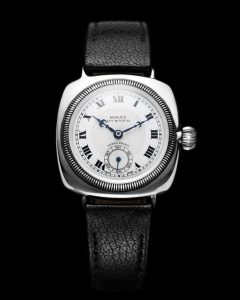
First Rolex Oyster from 1926
Although the Submariner was formally launched in 1953, its origins can be traced back to the early 20th century. Having patented the Oyster case in 1926, Rolex was a frontrunner in the development of waterproof chronometer wristwatches in the then-burgeoning field of deep-sea exploration in the 1940s, along with the advent of scuba diving. After several successful collaborations with diving pioneers in the 1950s, the Submariner was born, touted as the first divers’ watch waterproof to a depth of 100 metres.

Vintage Rolex ad in Daily Mail from 1927 advertising the Oyster
The beginnings of the Submariner were marked by a slew of minor tweaks through five references in as many years. Still, its most recognisable design traits were already established by the inaugural Ref. 6204 – a black, rotatable bezel framing a black dial with an inverted triangle at 12 o’clock, rectangular markers at 3, 6 and 9 o’clock, and circular indices for the rest. In 1954, the hour hand styled with a three-pointed star within a circle, another collection signature, made its debut in the collection with Ref. 6205, and the watch’s waterproofness was increased to 200 metres with Ref. 6200 a year later.
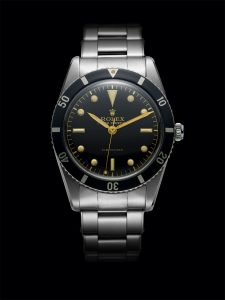
First Rolex Oyster Perpetual Submariner from 1953
In the 1960s, the Submariner extended its appeal further when it made several appearances on the silver screen. The watch would go on to be a choice wrist statement favoured by today’s leading celebrities.
Incremental Evolution
Spurred by the success of the earlier references, Rolex continued to refine the ultimate divers’ watch. What most of us recognise as a modern Oyster Perpetual Submariner would take the form of 1959’s Ref. 5512 that debuted the enduring 40 mm case size and crown guards. In the ensuing decades, essential updates to the collection include a sapphire crystal and Rolex’s patented Triplock winding crown, which is fitted with a triple waterproofness system to guarantee water-resistance rating to 300 metres.
In 1969, Rolex introduced the Oyster Perpetual Submariner Date Ref. 1680 with a date display. More importantly, the Ref. 1680 was also available in 18 ct yellow gold, a first for the family. The model helped catapult the premium divers’ watch into the higher echelons of luxury, opening the doors for various precious metal and Rolesor versions in the years to come.
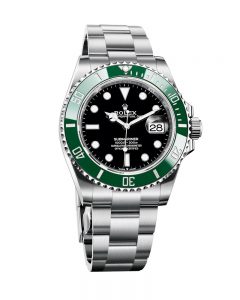
The new Rolex Oyster Perpetual Submariner Date in Oystersteel Ref. 126610 LV
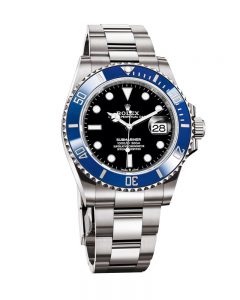
The new Rolex Oyster Perpetual Submariner Date in 18 ct white gold Ref. 126619 LB
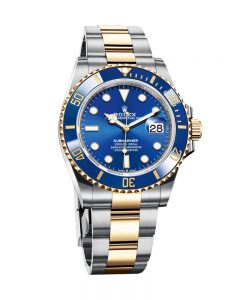
The new Rolex Oyster Perpetual Submariner Date in yellow Rolesor Ref. 126613 LB
While contemporary flourishes like the Cerachrom bezel insert and the more robust and chunkier case would be welcomed to the Submariner family in the early 2000s, Rolex had also been busy tinkering under the hood from the start. In fact, it went through more than 10 calibres in its pursuit to better serve the needs of professional divers with the latest watchmaking innovations it can offer.
The aforementioned calibres 3230 and 3235 driving the 2020 references are no exception. Both automatic movements boast several patents and a power reserve that extends to approximately 70 hours, and they are fitted with the energy-efficient Chronergy escapement that is insensitive to magnetic fields, the blue Parachrom hairspring that is made from an exclusive paramagnetic alloy, and high-performance Paraflex shock absorbers.
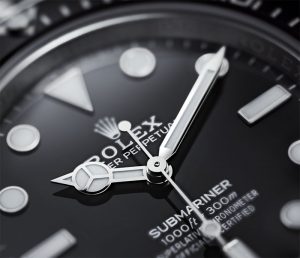
Despite their numerous incarnations, the Rolex Oyster Perpetual Submariner and Oyster Perpetual Submariner Date stay firmly rooted to their raison d’être, each incremental change measured to better fulfil their function as tool watches for professional divers.
Discover more on the Rolex Oyster Perpetual Submariner collection.
Related read:
Taking Flight With The Rolex Oyster Perpetual Sky-Dweller
